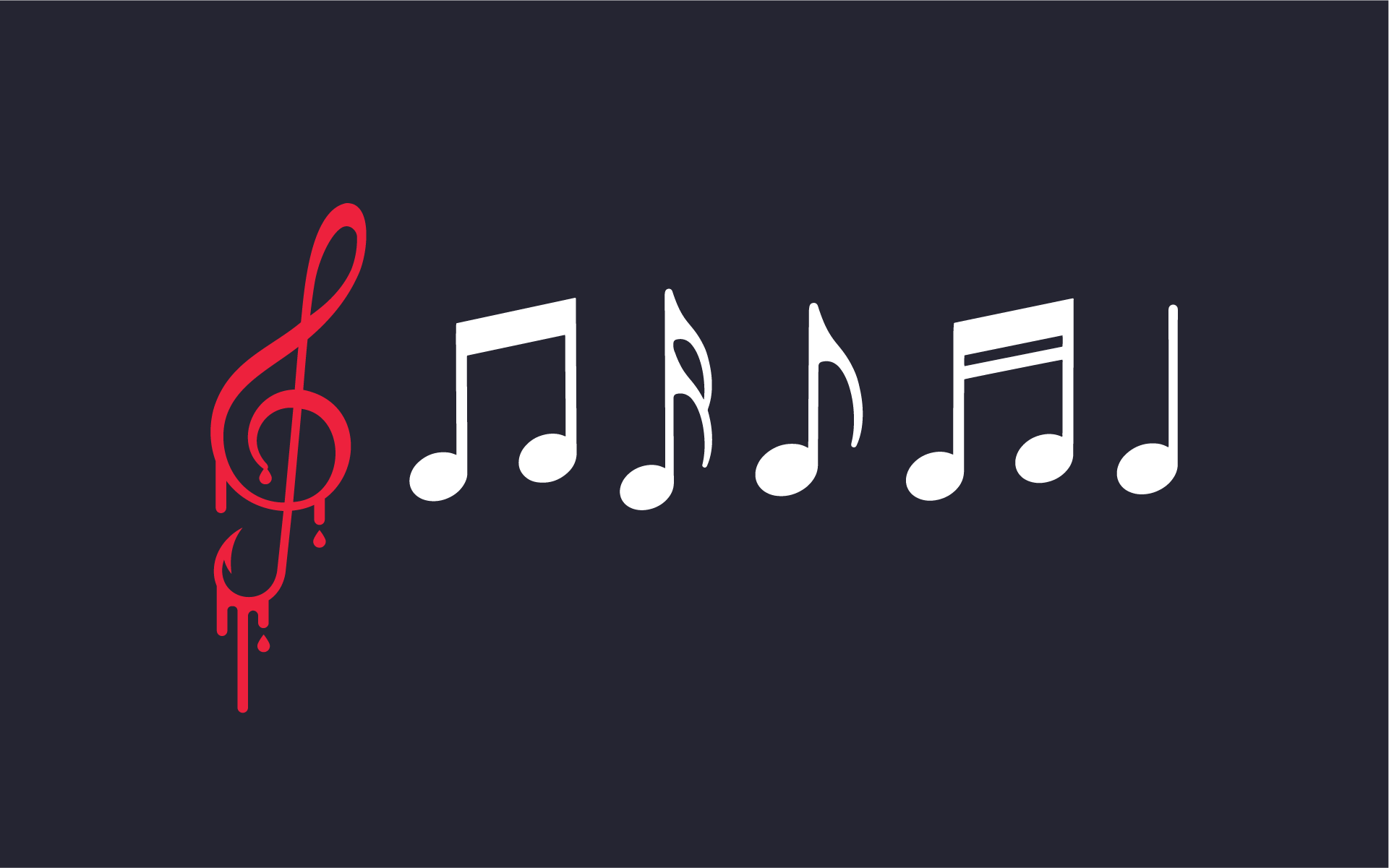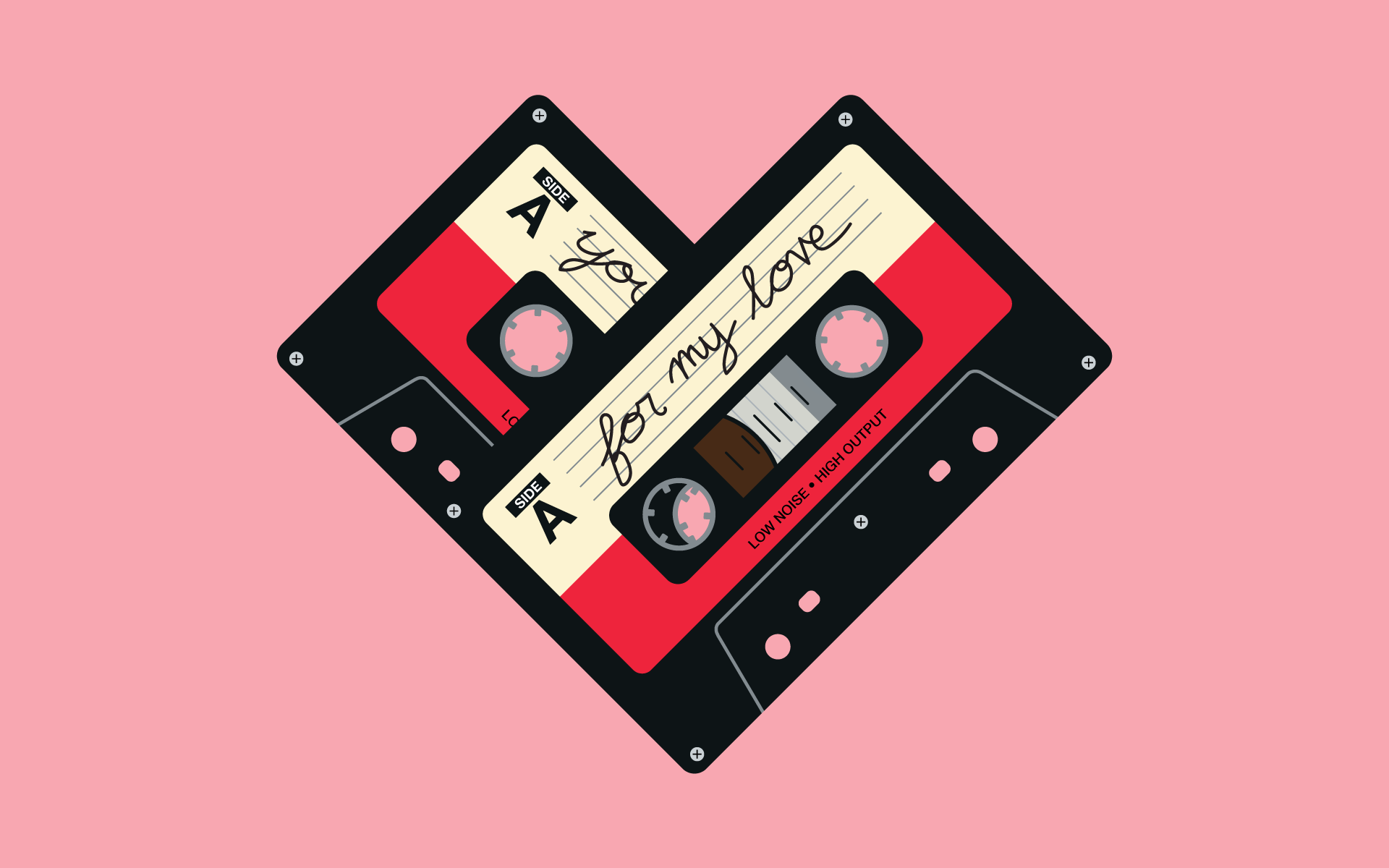Great song hooks break boundaries surrounding genre, generational listening preferences, and longevity. I wasn’t even alive during the “Summer of ’69,” and was too young to question why “Dude Looks Like a Lady,” but those song hooks wrote the film score to my childhood movie. As a songwriter, I know that a hook is a powerful tool that can make my song unforgettable, but what exactly is a hook? And how do songwriters harness this musical and lyrical power?
What is a hook in a song?
A hook is the capstone of a well-crafted song. It’s part melody, part lyric, and most likely it’s both. It’s usually the title of the song, repeating throughout the chorus and sitting in the most prominent positions of the first or last line. Hooks often gain influence with repetition, becoming more familiar to the ear and carrying greater depth of meaning as the lyric develops. They help distinguish our song from other songs, give it a distinct fingerprint that listeners can recognize within the first few bars. When a hook comes from the harmonic element of the song—the chord progression and feel—we might refer to it instead as the “groove.” Songwriters who write with a groove in mind (think Stevie Wonder), will have a melodic and lyric hook as well (think “Superstition”).
By these definitions we can understand what a hook is. But writing one, and knowing one when we write it, can be a whole other thing. Instead of relying on my feelings alone, I like to hold up my hooks against a short list of characteristics killer hooks tend to carry. That way, I can have more confidence in my hooks as I consider them as song ideas. Here are five characteristics of great hooks.
1. The melody, harmony, and lyric speak the same message.
This means that the emotion in the lyric is supported by the inherent emotion in the melody. How does a melody speak emotion? Think of it like body language. Melody is made up of rhythm and pitch. Different rhythmic elements like rest space, long notes, short notes, on-the-beat or off-the-beat settings combine with pitch elements like wide or clustered intervals, descending or ascending or static shapes to suggest emotion.
Short punchy notes on a single pitch might insinuate persistence, or a frantic or anxious feeling. Long soaring notes might cast a triumphant glow, or on the other side, intense sorrow. Add to that a lyric that says with words what the melody says with movement and pitch, and we get believability: a genuine feeling that what the song is saying is significant and true. Sometimes the feeling caused by the lyric and melodic connection is subtle, but sometimes it’s blatant. I believe that our more special songs have greater effect because of these moments of intense agreement between melody and lyric and chords.
2. The lyric of the hook is the only “answer” to the verse’s “questions.”
Every line of lyric we sing points the listener towards a conclusion. If it isn’t clear what I’m getting at in the verse, I have not poised the listener to be curious about my chorus message. Without the tension of the verse setting up the hook, it won’t provide the relief I want listeners to feel as I reveal it as the crux of the idea. Making sure most lines and the overall idea of the verses and prechoruses point indisputably towards the hook makes the hook feel like it’s summarizing the entire point of this song and only this song.
3. The lyric of the hook is concise and sparks curiosity in the listener.
Long hooks, short hooks, partial phrases in parentheses (we’ve seen it all), killer hooks deliver no more and no less than necessary. Hooks like “Unbreak My Heart,” or “Make Every Word Hurt” are commanding, with an impossibility that makes me want to hear more. “(Sittin’ on) The Dock of the Bay” expresses a simple, conversational and also visual message. It tells it like it is. Interesting words like “Falter” or “Unconditional” spark my curiosity because of their uniqueness or a character that is larger-than-life. Whatever our lyrical phrase, a hook has the ability to interest the listener without giving it all away.
4. The hook is spotlighted through contrast.
A musical hook stands out from the section that came directly before it. If our melody of the verse was made up of short punchy notes, our hook melody at the beginning of the chorus will stand out if we use longer notes instead. If we use rest space right before we sing our hook at the end of a chorus, we’re giving the listener a signal to pay attention, because contrast suggests a new and important idea. The contrast doesn’t have to be extreme to shine the spotlight where we want it, but it sure does help. Listen to some of your favorite highly commercial songs and you’ll notice lots of contrast helping to make the hook stand out.
5. The hook benefits from position and repetition.
“Lean On Me” is a beautifully simple song that repeats melodic hooks over and over again. The position of the simple idea, “Lean On Me” in the first and last lines of the chorus frame the section with the main point. The cadence in the melody from neighbor tones to the root, alongside the cadence of dominant to tonic make sure our ears hear that lyric as the main message. For many hooks, we might say all roads do indeed lead to Rome.
As with most facets of songwriting, I tend to believe the best way to write killer hooks is to be open to writing some not-so-killer ones, too. Inspiration will find you working! Ride that wave of creativity for long, and we’re bound to catch a few good runs.
LEARN SONGWRITING ONLINE WITH BERKLEE!












